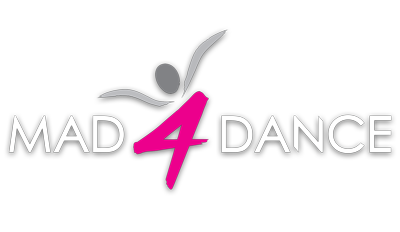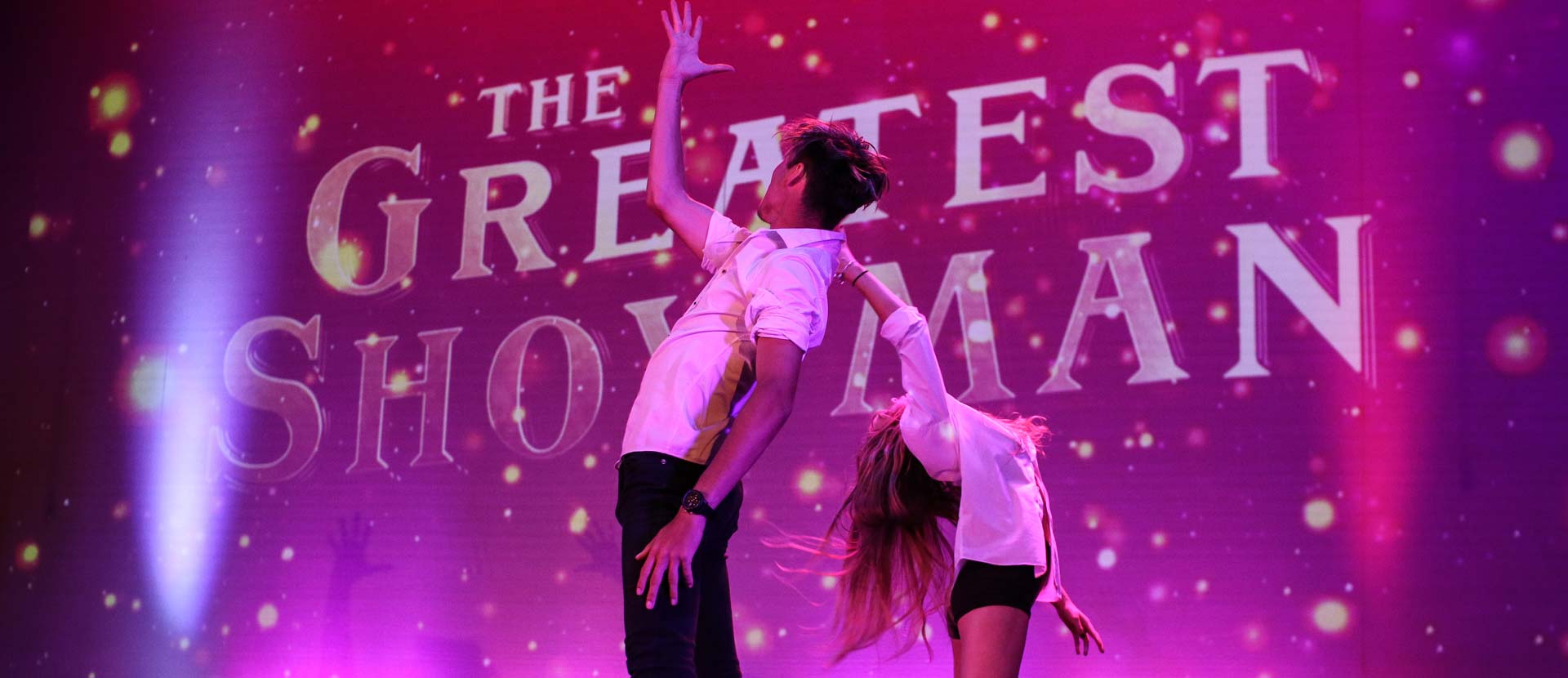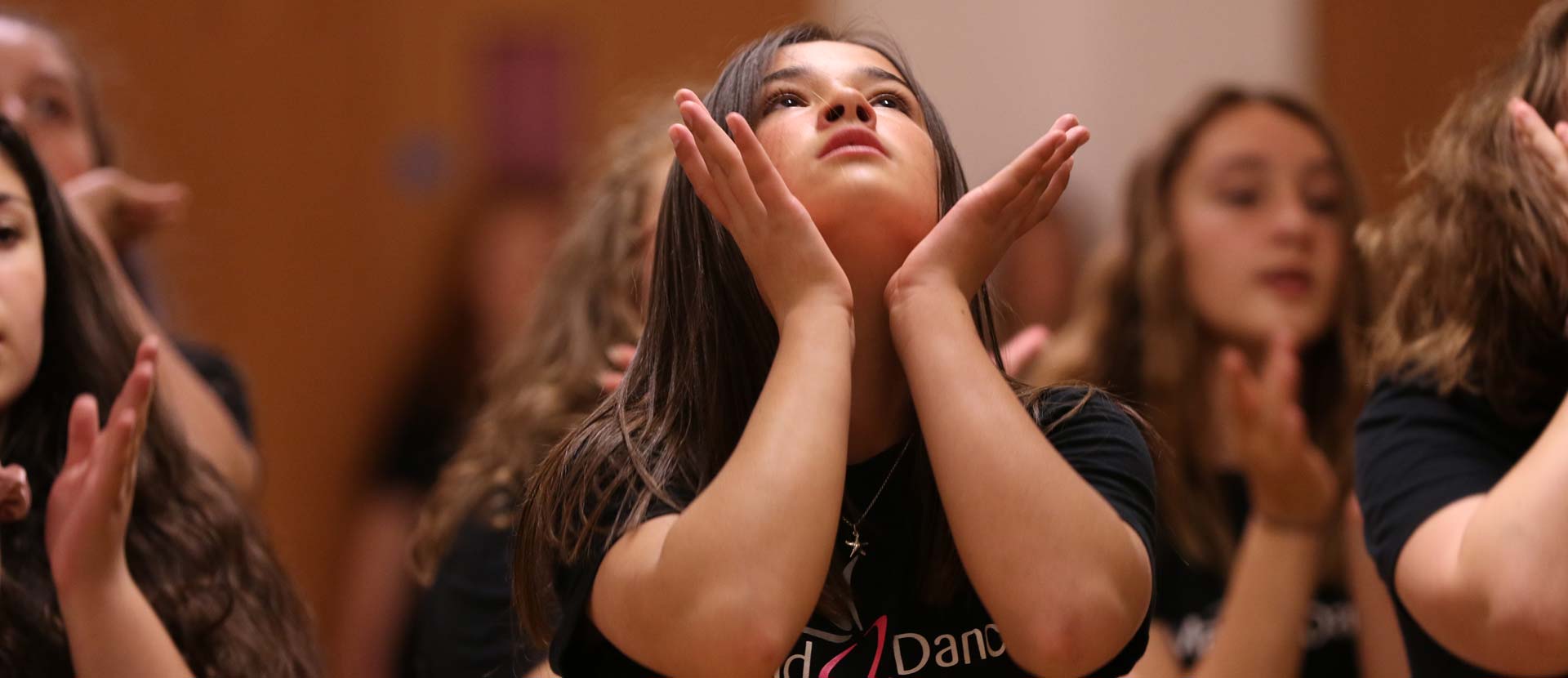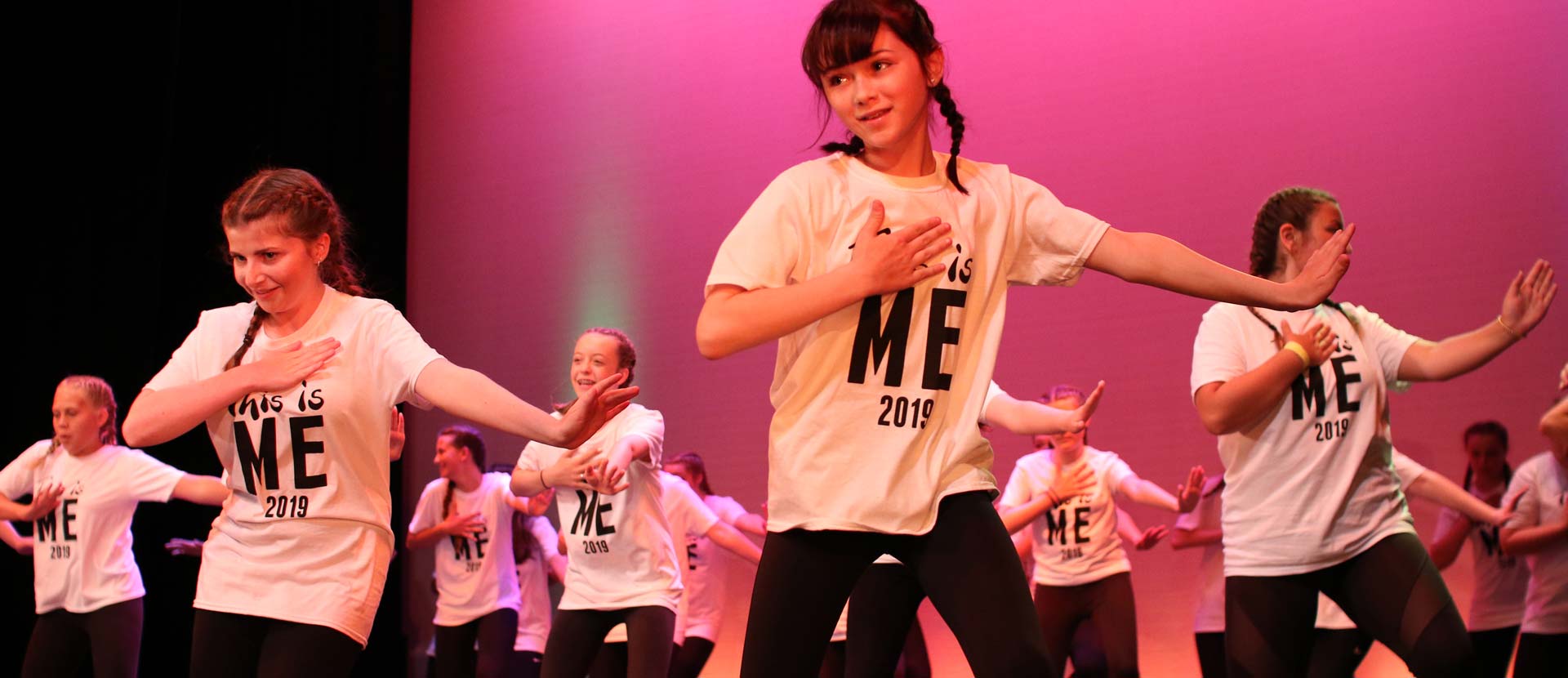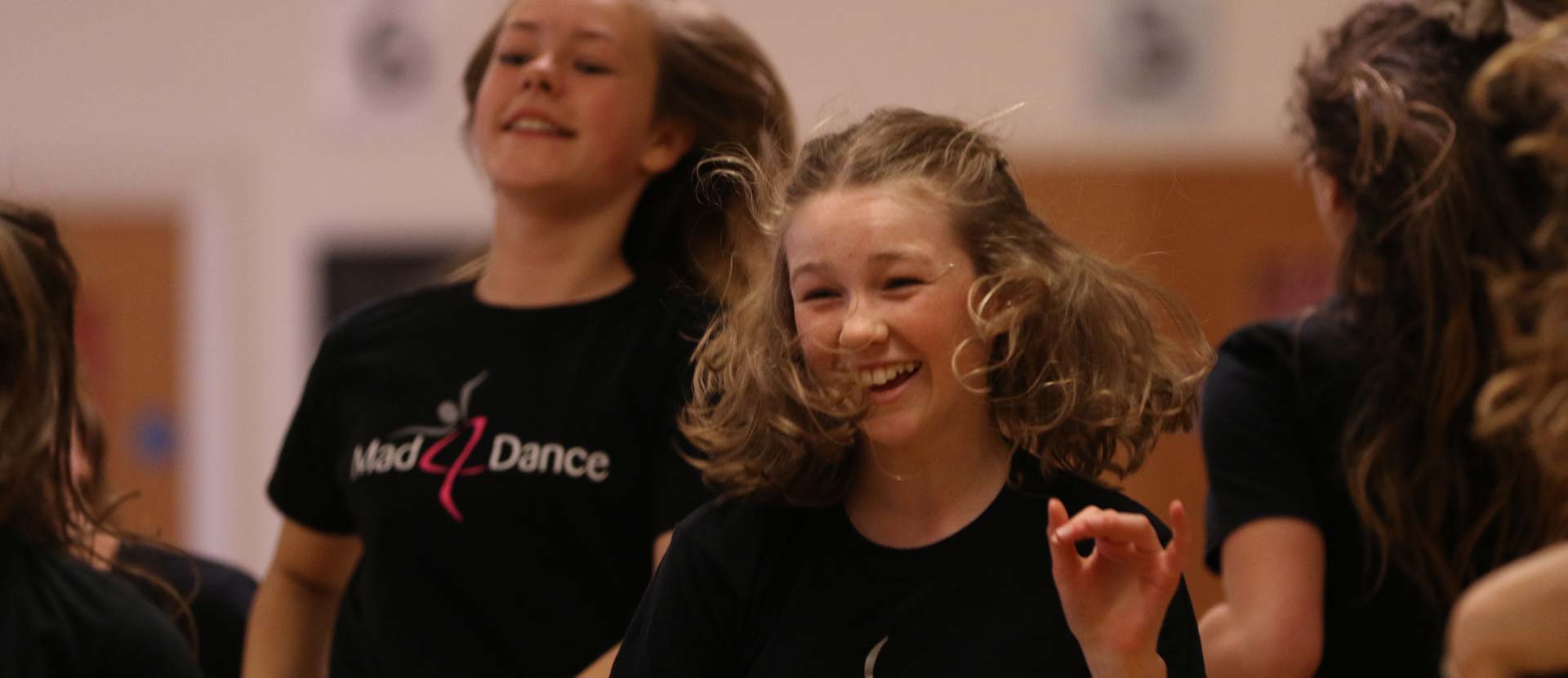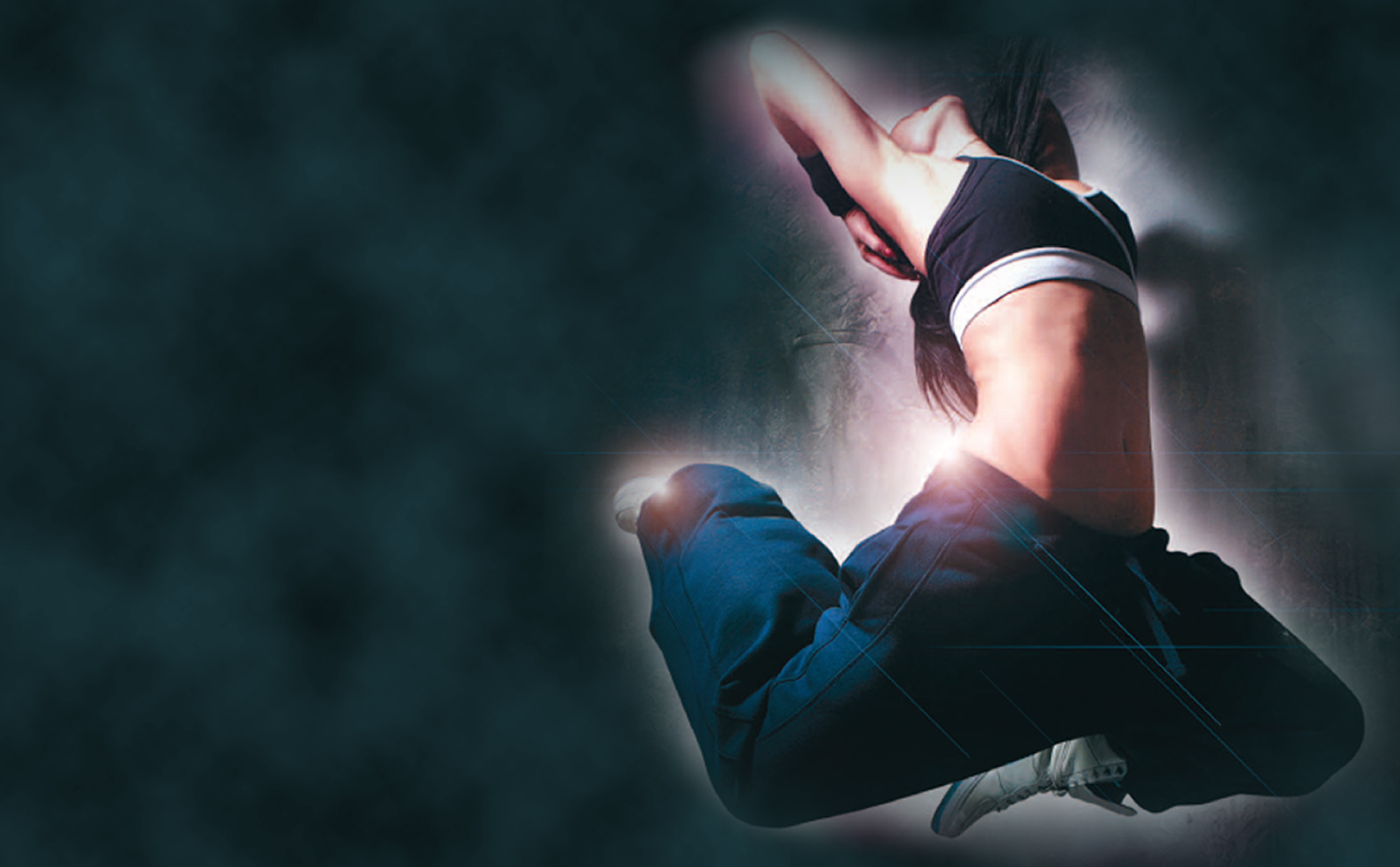Child Safeguarding Policy & Procedures
Policy
Mad4Dance is committed to providing safe, creative and enjoyable activities for children and young people, ensuring that during these activities they will be safe from harm and treated with dignity and respect. Mad4Dance will ensure the safety and protection of all children taking part in Mad4Dance activities through adhering to the Child Protection guidelines adopted by Mad4Dance.
Mad4Dance believes that:
- The welfare of the child or young person is paramount.
- All children and young people, whatever their age, culture disability, gender, language, racial origin, religious beliefs and/or sexual identity have the right to protection from abuse.
- All suspicions and allegations of abuse should be taken seriously and responded to swiftly and appropriately.
- Staff should be clear on how to respond appropriately.
The aim of this Child Protection Policy is to promote good practise and to allow all staff and volunteers to make informed and confident responses to specific child protection issues.
General Conduct
You are an ambassador for Mad4Dance and role model for the children, everything you do should reflect this.
- Do not smoke anywhere near the dance studio/practice space/school.
- Alcohol and recreational drugs should never be taken into your place of work.
- No-one should consume alcohol before starting work.
- Prescribed drugs should be kept out of the reach of children e.g. in a locked vehicle.
- Make sure all language and conversation is appropriate.
Conduct with Children
- All teachers should have an Enhanced Disclosure Certificate which is less than 3 years old.
- Treat all children and young people with respect. Don’t automatically laugh at something a child says to you; they may not have intended it to be funny.
- Give enthusiastic and constructive feedback rather negative criticism.
- Avoid being left with a single child and stay within the sight and hearing of others.
- Do not initiate any physical conduct with children. If the nature of the workshop/class requires any physical contact this should be discussed with Julie and children in advance.
- Do not encourage children to sit on your knee, sit beside them.
- Avoid getting involved in issues that arise amongst the children
- If a child informs you of a problem, tell Julie, who will suggest the next appropriate step. Julie will speak to the correct authority.
- If a child has an accident the staff (a qualified first aider) are responsible for the administering first aid unless at a school where a first aider is on duty.
- If a child approaches you with their personal problems, without being dismissive try to avoid becoming involved. Do not agree to keep the issue a secret and encourage them to tella parent of another adult as well.
- If something a child tells you leads you to suspect that they are being abused you are obliged to report to Julie FIRST.
Practices never to be allowed
- Arrange to meet/have contact with a pupil outside Mad4Dance activities.
- Invite a pupil to your home or go to their house if invited.
- Offer to give a pupil a lift in your vehicle unless authorised by their parent.
- Allow or engage in any form of inappropriate touching.
- Allow children to use inappropriate language unchallenged.
- Make sexually suggestive comments to a child, even in fun.
- Reduce a child to tears as a form of control.
- Allow allegations made by a child to go unchallenged, unrecorded or not acted upon.
- Do things of a personal nature for children that they can do for themselves.
Health & Safety
- Staff and volunteers are expected to promote health and safety considerations to children and young people.
- Risk assessment should be part of planning any class and should take into account all aspects of the class, but particularly any risks relating to protection for children and young people. This can be done mentally without writing it down, but MUST be done.
- Make sure you have thought of an emergency procedure. Consider entrances and exits, fire exits and equipment, identifying an emergency command you will give them, assembling children outside at a meeting place with a list to check everyone is there, where the nearest telephone is, can it receive signal etc.
- Should there be an incident/accident, complete an incident/accident report.
- If a child comes to a Made4Dance activity with an obvious and restrictive physical injury, they must sit and watch.
Photography & Recording Equipment
- You must have written permission from all parents before any photography/recording takes place.
- Photography/recording by parents, family members or friends is prohibited in Mad4Dance’s independent classes. In workshops this is the responsibility and at the discretion of the workshop host. (e.g. the school/college).
- If you see any unauthorised person taking photographs/recording report this immediately to Julie.
Bullying within Mad4Dance
Mad4Dance takes bullying extremely seriously and it will not be tolerated. Bullying includes hitting or threatening a child with violence, taking their things, calling them names or insulting them, making them do things they won’t want to do, and deliberately humiliating or ignoring them.
If a parent is worried their child is being bullied within Mad4Dance the following procedure will take place:
- Parent/Guardian to report to the teacher and Julie Laming
- Teacher and Julie to monitor within classes and keep parent updated at all times.
- If any bullying behaviour is shown, the teacher or Julie will discuss with both of the students and their parents to try to understand the situation and agree a plan moving forward.
- If a student continues to show acts of bullying they will have up to two verbal and written warnings dependant on the severity. Should it continue after this, they will be asked to leave Mad4Dance with no refund or further discussion.
Responding to Allegations or Suspicions of Child Abuse/Bullying Outside of Mad4Dance
It is not the responsibility of anyone working for Mad4Dance to decide whether or not child abuse has taken place. However, there is a responsibility to act on any concerns through contact with the appropriate authorities.
Julie Laming assures all staff that she will fully support and protect anyone who, in good faith, reports concern that someone is, or may be, abusing a child. If a member of staff was worried about sharing their concerns about abuse with Julie, they can contact social services, the police or phone the NSPCC helpline (0808 800 5000).
- When working with children and you have a concern or are disclosed to, you should report to Julie who holds responsibility for Child Protection with Mad4Dance and also fill out a suspected abuse form (found on page 5) in case there is a follow up.
- If you suspect the person with legal responsibility (e.g. teacher/Julie) is the source of the problem, you should make your concerns known to another member of staff at the school/contact the relevant authorities.
If a child or young person discloses to you, it’s very important that you must do the following;
- Remain calm and in control but don’t delay acting.
- Listen carefully to what is being said. Allow the person to tell the story at their own pace, and ask questions only for clarification. Don’t ask questions that suggest a particular answer.
- Don’t promise to keep a secret. The first opportunity should be taken to say that this information will be to be shared with others. It should be made clear that only people who need to know will be told and they should be able to help.
- The child should be reassured that they did the right thing in telling someone.
- The child should be told what is going to happen next.
- Julie Laming should be told immediately. It is this person’s responsibility to liaise with the relevant authorities (usually social services).
- As soon as possible a note should be made of what was said, using the child’s own words. Advice on how to respond to the child making allegations of abuse (page 4) and a form for reporting suspected abuse (page 5) are attached.
Responding to a child making an allegation of abuse/bullying
- Stay calm
- Listen carefully to what is said.
- Find an appropriate early opportunity to explain that it is likely that the information will need to be shared with others who can help – do NOT promise to keep secrets.
- Allow the child to continue at his/her pace.
- Ask questions for clarification only and at all times avoid asking questions that suggest a particular answer.
- Reassure the child that they have done the right thing in telling you.
- Tell them what you will do next and with whom the information will be shared.
- Record in writing what was said using the child’s own words as soon as possible – note date, time, any names mentioned, to whom the information was given and ensure the record is signed and dated.
It is important that everyone working with Mad4Dance is aware that the person who first encounters a case of alleged or suspected abuse is not responsible for deciding whether or not abuse has occurred. That is the task for the professional child protection agencies following a referral to them of concern about the child.
Defining Child Abuse
Child abuse is when an adult harms a child or young person. There are four main types of abuse:
Physical abuse:
This includes being hit, kicked, shaken or punched, or given harmful drugs or alcohol.
Emotional abuse:
This includes being called names all the time, being threatened or being shouted at or made to feel small.
Sexual abuse:
This includes being touched in a way you don’t like by an adult or young person, being forced to have sex, or being made to look at sexual pictures or videos. For some disabled children, it includes if the person helping them use the toilet touched them more than was needed.
Neglect:
Is when a child is not looked after properly, including having no place to stay, or not enough food to eat, or clothes to keep them warm. It also includes if the child is not given medical care when they need it, including medication.
For some disabled children, it could include if their carer took away the things needed for everyday life – like their wheelchair or communication board. Or not helping a disabled child who needed help using the toilet.
Bullying is also a form of abuse.
Bullying includes hitting or threatening a child with violence, taking their things, calling them names or insulting them, making them do things they won’t want to do, and deliberately humiliating or ignoring them.
Common Signs of Abuse
Every child is unique, so behavioural signs of abuse will vary from child to child. In addition, the impact of abuse is likely to be influenced by the child’s age, the nature and extent of the abuse, and the help and support the child receives. However, there are some behaviours that are commonly seen in children and young people who have been abused:
- The child appears distrustful of a particular adult, or a parent or a coach with whom you would expect there to be a close relationship.
- He or she has unexplained injuries such as bruising, bites or burns – particularly if there are on a part of the body where you not expect them.
- If he or she has an injury which is not explained satisfactorily or properly treated.
- Deterioration in his or her physical appearance or a rapid weight gain or loss.
- Pains, itching, bruising, or bleeding in or near the genital area.
- A change in the child’s general behaviour. For example, they may become unusually quiet and withdrawn, or unexpectedly aggressive. Such changes be sudden or gradual.
- If he or she refuses to remove clothing for normal activities or wants to keep covered in warm weather.
- If he or she shows inappropriate sexual awareness or behaviour for their age.
- Some disabled children may not be able to communicate verbally about abuse that they may not be experiencing or have witnessed. It is therefore important to observe these children for signs other than ‘telling’.
The above signs should be seen as a possible indication of abuse and not as a confirmation.
Changes in a child’s behaviour can be the result of a wide range of factors. Visible signs such as bruising or other injuries cannot be taken as proof of abuse. For example some disabled children may show extreme changes in behaviour, or be more accident prone, as a result of their impairment.
